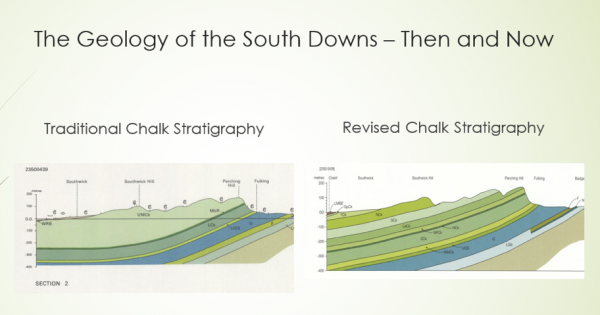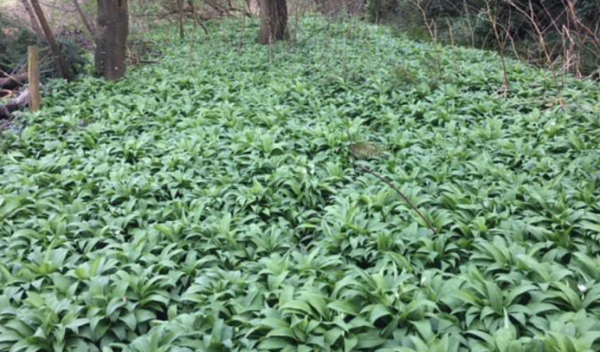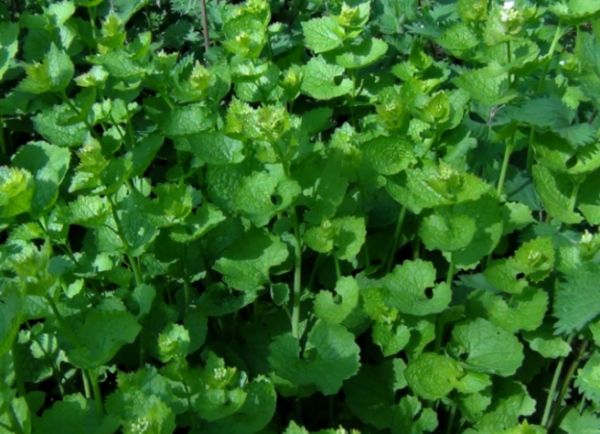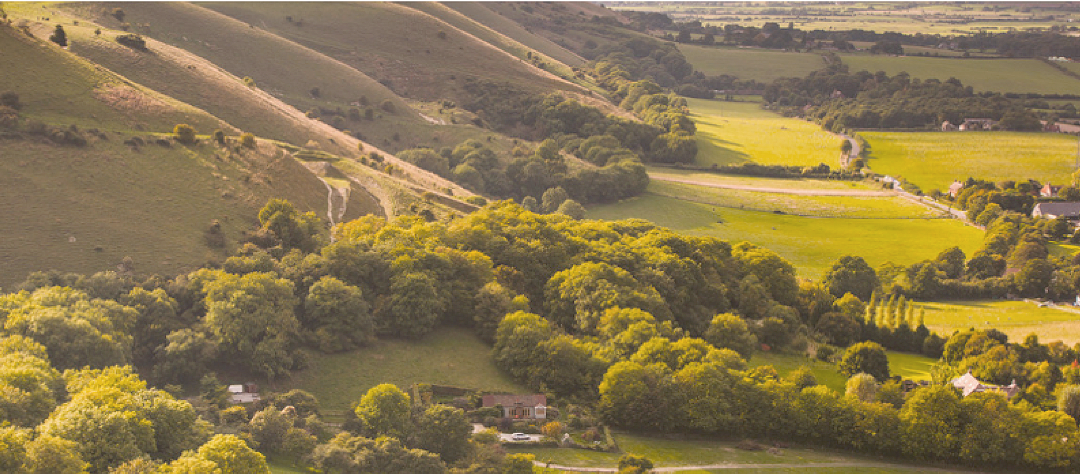South Downs chalkland surprises
Geotechnical
Journeys to and from Ground & Water’s main office, on the northern edge of the South Downs National Park, mean a drive through this stunning chalk landscape. To the southeast, Senior Engineer, and Chartered Geologist, Roger Foord, works from the Brighton office. With an encyclopedic knowledge of chalk, and the ecosystems it sustains, more than rock ends up in Roger’s sample bag, during travels around his local area.
 The South Downs National Park is characterised by rolling chalk downland, glorious heathland, river valleys, ancient woodland and the iconic white cliffs of the Heritage Coast. A quick climb up from the Brighton seafront to the crest of the downs at Devils Dyke and then down the north facing scarp slope, to the village below, reveals several surprises.
The South Downs National Park is characterised by rolling chalk downland, glorious heathland, river valleys, ancient woodland and the iconic white cliffs of the Heritage Coast. A quick climb up from the Brighton seafront to the crest of the downs at Devils Dyke and then down the north facing scarp slope, to the village below, reveals several surprises.
The geology
When most people think of the South Downs, it is the classic chalk escarpment that springs to mind with the steep north facing scarp slope and the gentler south facing dip slope. Anyone who regularly walks or runs from the coast northwards, will be aware of the subtle changes in gradient as you traverse the ridges between the dry valleys. Various other features, apart from these dip slope benches, can be observed including the secondary escarpment, asymmetric dry valleys and scarp slope benches. In fact, the dip slope was described by the renowned expert of the landscape of south-east England, DKC Jones as a “multi-faceted, polygenetic, diachronous peneplain”!!

The revision of the traditional three-fold sub-division of the chalk (Upper Middle and Lower) of the South Downs into a more complex and detailed pattern, by Rory Mortimore, revealed an apparent relationship between the lithostratigraphy and morphology. The sections produced by the British Geological Survey, even show the undulations on the dip slope and the secondary escarpment feature. So the next time you are out for a walk on the South Downs and you feel a slight change in gradient, you can think to yourself, or bore your companions with the thought, that you have just crossed a geological boundary and can start to produce your own virtual geology map of your surroundings.
Flora & fungi
 Many of the paths and tracks are lined by Elder trees and bushes, which produce delicate, fragrant white flowers in summer that can be used to make elderflower cordial or liqueur. More recently, these Elder trees have been the source of something more strange looking. Since the end of wild mushroom season, which finally ended in November last year, these bushes have been sprouting Wood Ear Mushrooms (Auricularia auricula-judae). Although it is possible to find them all year round, they peak in January and February, when they are at their most hydrated and plumpest. Although they have very little flavour they are commonly used in Asian cooking, particularly soups. You have probably seen them in Chinese supermarkets in their dried form.
Many of the paths and tracks are lined by Elder trees and bushes, which produce delicate, fragrant white flowers in summer that can be used to make elderflower cordial or liqueur. More recently, these Elder trees have been the source of something more strange looking. Since the end of wild mushroom season, which finally ended in November last year, these bushes have been sprouting Wood Ear Mushrooms (Auricularia auricula-judae). Although it is possible to find them all year round, they peak in January and February, when they are at their most hydrated and plumpest. Although they have very little flavour they are commonly used in Asian cooking, particularly soups. You have probably seen them in Chinese supermarkets in their dried form.
Once at the top of the South Downs, there are far reaching views to the south and out to sea or to the north and across the Weald to the North Downs. There are also the remains of a Victorian fun fair.
Wild ingredients
 A decent way down the face of the scarp slope at Fulking Hill, reveals a spring emanating from the base of the chalk outcrop. Springs in these shaded locations are often surrounded by areas of damp deciduous woodland and are the ideal location for something more flavoursome. March is the time to be looking for and picking wild garlic, also known as ransoms (allium ursinum). Wild garlic has long, broadly lanceolate, green leaves with a single main vein; although when young the leaves are narrower. It also has globe shaped groups of tiny white flowers on the end of the stem. The leaves and flowers/buds are both edible with a hot, garlic taste. They can be eaten raw or cooked and used in salads, soups and pesto (instead of basil). Care should be taken to avoid picking the similar looking snowdrops.
A decent way down the face of the scarp slope at Fulking Hill, reveals a spring emanating from the base of the chalk outcrop. Springs in these shaded locations are often surrounded by areas of damp deciduous woodland and are the ideal location for something more flavoursome. March is the time to be looking for and picking wild garlic, also known as ransoms (allium ursinum). Wild garlic has long, broadly lanceolate, green leaves with a single main vein; although when young the leaves are narrower. It also has globe shaped groups of tiny white flowers on the end of the stem. The leaves and flowers/buds are both edible with a hot, garlic taste. They can be eaten raw or cooked and used in salads, soups and pesto (instead of basil). Care should be taken to avoid picking the similar looking snowdrops.
 Towards the end of March, another edible plant Garlic Mustard (Alliara petiolata) can be found all over the South Downs National Park. Garlic mustard is biennial and in its first year’s growth, the leaves grow in a small, ground level rosette with broad heart shaped leaves. In its second year, a spike grows from the rosette and the leaves are more arrowhead shaped with serrated edges. Groups of tiny, white, four petalled flowers grow from the top of the flower spike. It has a mild garlic smell when crushed and tastes mildly garlicy, with a hint of mustard. It can be used in salads.
Towards the end of March, another edible plant Garlic Mustard (Alliara petiolata) can be found all over the South Downs National Park. Garlic mustard is biennial and in its first year’s growth, the leaves grow in a small, ground level rosette with broad heart shaped leaves. In its second year, a spike grows from the rosette and the leaves are more arrowhead shaped with serrated edges. Groups of tiny, white, four petalled flowers grow from the top of the flower spike. It has a mild garlic smell when crushed and tastes mildly garlicy, with a hint of mustard. It can be used in salads.
Off to the pub
The message is, when visiting chalk downland, do not walk around staring at your mobile, or drive around with your attention fixed on the sat nav. Take notice of what surrounds you. You never know what you will find. Anyway, I am off to get some exercise climbing Fulking Hill, followed by a visit to Fulking’s excellent Shephard and Dog Public House. Fulking Hill..? I forgot, this is March 2021. It will have to be Brighton seafront again and a takeaway tea!
